In the autumn of 2017 the UK Ministry of Defence placed contracts for a range of new combat boots to replace the ten models in five categories first issued in 2012 in the new UK Brown colourway, writes Bob Morrison.
Two of the new boot types, including this one, fall into the Desert Combat High Liability category meaning they are intended for soldiers whose role makes them liable for service in teeth arms roles on the front line in hot and/or arid conditions; Iturri and HAIX are the two brands selected for this. Two more boot types, from Alt-Berg and AKU, have been selected for the same role (i.e. Combat High Liability) in temperate climatic conditions. A single boot type, each supplied by Iturri, has been selected for the other three categories which are Cold Wet Weather, Jungle and Patrol; the latter being the boot intended for troops in secondary and tertiary roles.
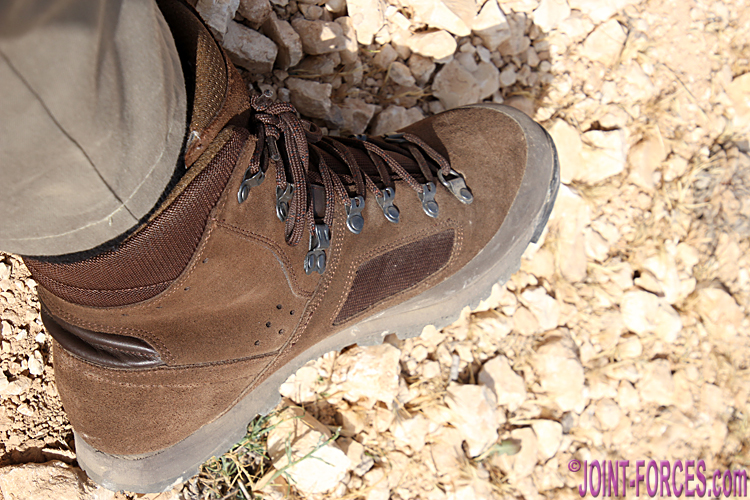
I was able to test these boots out in high temperatures over rough terrain at KASOTC in Jordan [© BM]
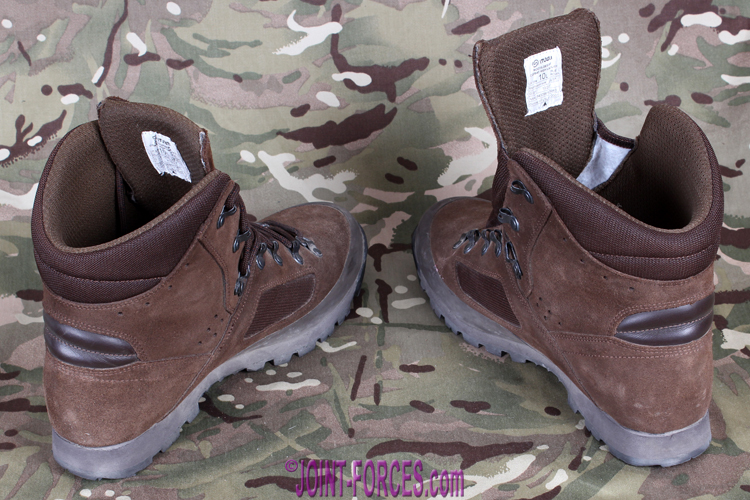
New Iturri DCHL boot is well-padded and comfortable – note soft leather at Achilles flex point [© BM]
The bellows-type tongue, which is made of water-repellent cordura-type fabric with suede stiffening is equally well-padded and is just as comfortable as the collar. Interestingly, small leather panels have been let into the uppers at the point where the laces cross the foot next to the lace lock to both reduce lace friction when tightening and reduce abrasion, and a soft leather panel has also been let into the heel at the Achilles to prevent pressure and thereby blistering when flexing.
Finally, a polypropylene semi-rigid midsole giving good resistance to torsion is fitted along with a fabric-covered anatomically preformed and perforated EVA insole. In my personal opinion, having worn these boots in high (35C+) temperatures on both hard man-made surfaces and rough desert-type terrain at KASOTC (King Abdullah II Special Operations Training Center) for several days, this is the only part of the Iturri DCHL boot that I am not totally happy with and now my trial period is over I will be swapping this for an aftermarket insole.With the exception of that, easily solved, thin insole issue I got on very well with this boot both out in Jordan and on subsequent walks along the Devon coastline over rock and shingle during this warmer than average summer we have been experiencing. At first I was a little bit unsure about this boot which, at 750g for a UK 10W, sits roughly midway between my new AKU and Alt-Berg CHL boots and is much heavier than the ultra-lightweight new generation boots I have been wearing a lot of late, but by the end of my first long and very hot day out working alongside SpecOps competitors in Jordan I had been converted.
Update, 24th July: JOINT-FORCES.com has just been informed that this desert boot from Iturri will be available shortly for private purchase – more to follow.
If you came to this page from Facebook or Twitter please Like/Love/Share etc. to spread the word. Thanks
{ images © Bob Morrison }


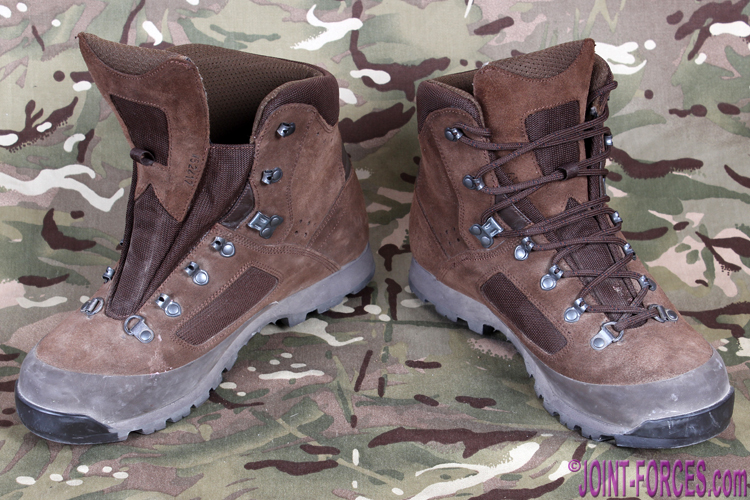
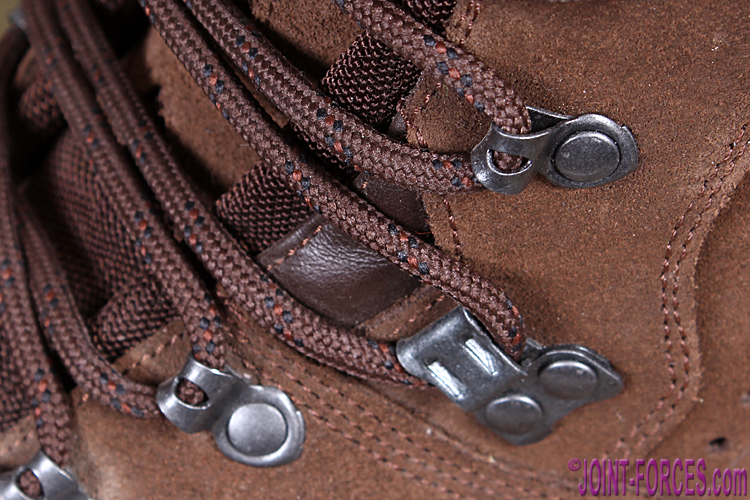
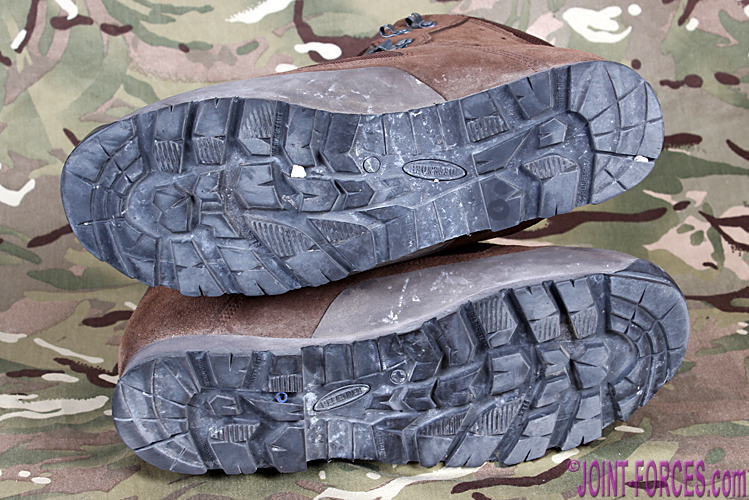
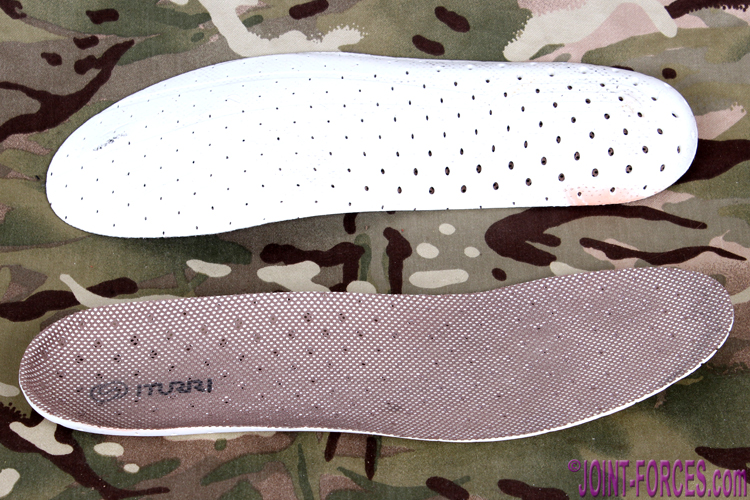


















Pingback : ITURRI Footwear Factory Visit - Joint Forces News
Pingback : UK MoD Patrol Boot ~ By ITURRI - Joint Forces News
Pingback : SVARTZ Technical Footbeds ~ From ALTBERG - Joint Forces News
Pingback : UK MoD 2017 Brown Jungle Boot from Iturri | Joint Forces News